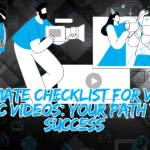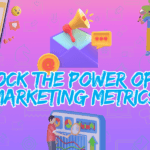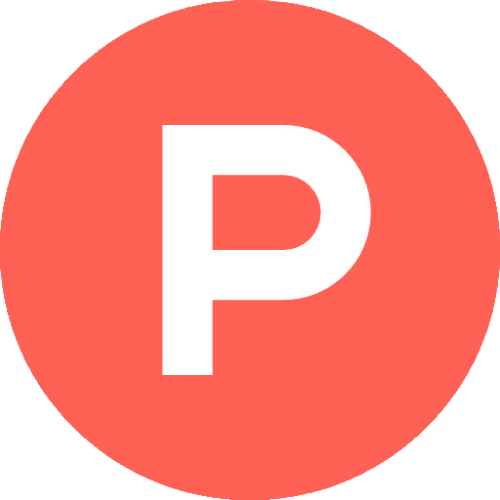In the fast-paced world of product development, success hinges not only on innovative ideas but also on a strategic framework that guides the journey from concept to market. Recently, I stumbled upon a transformative approach that promises to revolutionize how startups and entrepreneurs navigate the complexities of building products. Today, I’m excited to share this success-focused framework with you, backed by real data and insights.
So, if you’re itching to dive into coding or launch into marketing initiatives right after that lightbulb moment, hold your horses! Before you take any drastic steps, let’s explore the essential questions and steps outlined in this framework that can set you on the path to success.
Step 1:
Define Your Audience Before writing a single line of code or investing in marketing campaigns, it’s crucial to understand who your target audience is. Who will benefit from your product? How many potential users exist within your network or immediate reach? By gaining clarity on your audience, you can tailor your product development efforts to meet their specific needs and preferences.
Real Data Insight: According to recent market research, identifying and targeting a niche audience can significantly enhance product success rates. Startups that focus on a specific customer segment are more likely to achieve higher customer satisfaction and retention rates, leading to long-term growth and profitability.
Step 2:
Understand User Needs and Pain Points Once you’ve identified your target audience, delve deeper into their needs, challenges, and pain points. What tasks do they currently perform to address their needs? Where do they encounter inefficiencies or frustrations? By gaining insights into user behaviors and pain points, you can design a product that addresses genuine needs and delivers tangible value.
Real Data Insight: User-centric design is a proven driver of product success. Studies show that companies that prioritize user research and incorporate feedback into product development are more likely to achieve higher adoption rates and customer satisfaction scores. By empathizing with your users and addressing their pain points, you can create a product that resonates with your target audience and drives long-term success.
Step 3:
Focus on Efficiency and Value Proposition Finally, as you begin to conceptualize your product, keep a laser focus on efficiency and value proposition. How will your product streamline existing processes or tasks for your target audience? What unique value does it offer compared to existing solutions in the market? By articulating a clear value proposition and emphasizing efficiency, you can differentiate your product and attract loyal users.
Real Data Insight: In a competitive market landscape, differentiation is key to standing out and capturing market share. Research indicates that startups that prioritize value proposition and efficiency in their product offerings are more likely to gain traction and achieve sustainable growth. By communicating your product’s unique benefits and delivering on its promise, you can position yourself for success in the marketplace.
In conclusion, building a successful product requires more than just a great idea – it requires a strategic framework that guides every step of the journey. By focusing on audience definition, user needs, and value proposition, you can increase your chances of building a product that resonates with users and drives long-term success. So, before you rush into coding or marketing efforts, take the time to steal this success-focused framework and set yourself up for a winning outcome.






Leave a Reply
You must be logged in to post a comment.